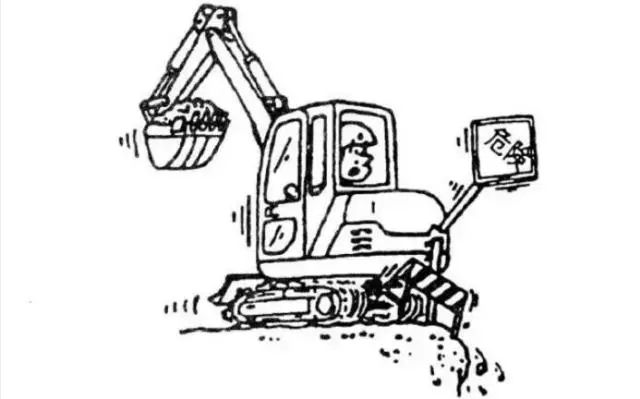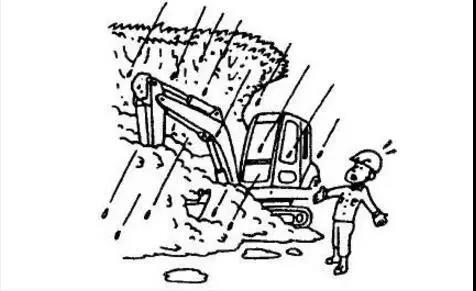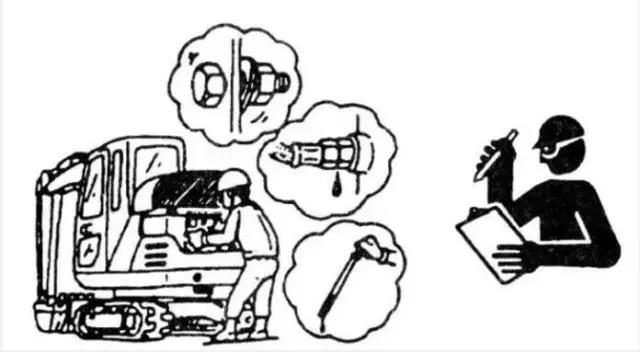The arrival of summer indicates the begining of the rainy season. In the face of extreme weather, which may lead to natural disasters such as river overflow, flash floods and landslides, what measures should the excavator users do?
Today, we has compiled the precautions for the construction and maintenance of the rainy season in the excavator. I hope to help everyone.
Rainy season construction considerations
1. Pay attention to the surrounding environment before construction, check whether the construction site is soft and trapped. The general method is: use the bamboo poles to poke downwards. If there are many bamboo poles, it will be poked quickly and there is no resistance within 1 meter, indicating that the whole is muddy. The ordinary excavator is very easy to trap and cannot be constructed normally.
2. Before the construction of the rainy season in the mountainous area, it is necessary to observe whether there is any possibility of landslides, landslides and mudslides on the mountain. First, observe whether the mountain has broken mountains, whether there are unreasonable excavation, unreasonable spoil, waste slag, quarrying, whether the vegetation grows well, and whether the mountain water is turbid.
3. During the construction process, if you feel that the excavator has started to sink, stop the construction in time, find a support point and support the body with the boom to prevent further subsidence. Hurry to drive the excavator back in the same way, do not drive in the other direction.

4, Work in the rain should always be vigilant, night work should maintain the normal work of headlights, work lights, ceiling lights, instrument lights, wipers, etc., to ensure safety.
5. After the construction is over, be sure to park the excavator in a safe area with a higher elevation from the place of residence, away from possible danger zones such as landslides and rising rivers, and ensure that the excavator has sufficient oil to start evacuation at any time.

Rainy season storage precautions
1. If conditions permit, it is best to store the machine in a dry indoor location and thoroughly clean the machine to remove dirt and debris from the machine.
2. When parking in the open air, pay attention to check whether the fuel tank and the hydraulic fuel tank cover are tightly closed to avoid unnecessary troubles caused by rainwater seeping into the fuel tank.
3. Inspect the machine to repair worn and damaged parts and install new parts if needed.

4. Cleaning the main air filter element and lubricate all lubrication points. if possible. Retract all cylinders, if not possible, apply grease to the exposed hydraulic cylinder rods [Enhanced Protection] to place the tracks on long, stable blocks.
5. After the battery is fully charged, remove the battery and store it in a dry and safe place. If not removed, turn off the main power switch or disconnect the battery negative cable from the terminal.
6. Pay attention to the wear of the seal ring on the engine oil scale to avoid the wear and tear, so that the rainwater seeps into the oil. The oil filler port should also be inspected. If it is parked in the open air, it can be put on a plastic bag to ensure that it is safe.